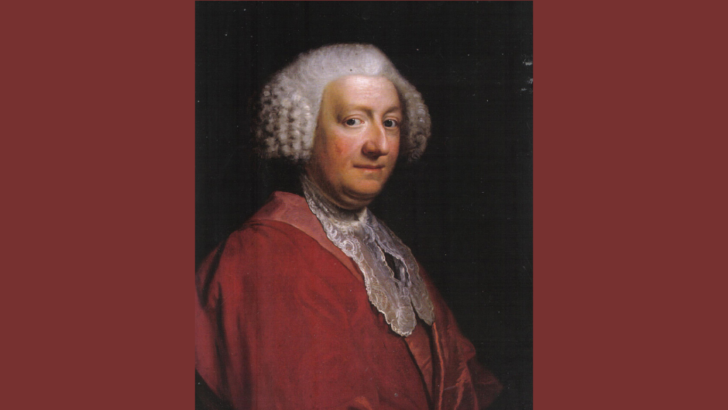Speculative Minds in Georgian Ireland: Novelty, Experiment and Widening Horizons
Toby Barnard and Alison FitzGerald (Four Courts Press, €50.00 / £45.95)
Looking back on the Ireland of the 18th Century it appears at first glance to be settled picture, but on closer examination is turns out to be something of a jigsaw puzzle, with a multitude of separate and separable pieces each telling one a small part of a large complicated composition, far more complicated than Daniel Corkery in his day or some of the enthusiasts for Georgiana can quite comprehend in their different ways.
The cover of this book shows a portrait of Henry Quin, a leading Dublin doctor in Dublin painted, in 1770s. His will be an unfamiliar name, but his career is opened out by one of the editors, Tony Barnard, in his contribution.
Dismissive
He says that the common dismissive attitude of that day that Ireland contributed little to science was simply wrong, as the inventiveness of Quin shows. His achievement was to develop a method of making replicas of ancient carved cameos, known as ‘pastes’, which came to international fame.
“Quin’s achievements may well serve to switch attention away from tiny, landed and often titled elites to the principal innovators in later 18th Century Ireland. These professional people of industry and commerce are often hidden away through lack of documentation.
“Through Quin it is possible to recover something of a world of enquiry, curiosity, experiment and speculation, influenced certainly by developments elsewhere, but not simply imitative.”
This, in brief, is the theme worked out in the other contributions, dealing with sugar making in Dublin, the trade in exotic plants, fashionable pottery, satirical prints, experiments in poor relief, developments in Jamaica, and glass making in Dublin – a rival to that of the Penroses in Waterford.
The future of the country in realty lay not in rural Ireland but with these innovators”
This present book had its origin in a symposium held virtually in 2021. The contributors present a very complex picture, as one might expect, in which the simplified view of Daniel Corkery, if we can use his work as a certain view of the century, appears hardly to be history at all.
The future of the country in reality lay not in rural Ireland but with these innovators, as indeed the Church with its urban emphasis recognised.


 Peter Costello
Peter Costello The smiling face of Irish innovation in the 18th Century: Dr Henry Quin of Dublin. Photo: Four Courts Press.
The smiling face of Irish innovation in the 18th Century: Dr Henry Quin of Dublin. Photo: Four Courts Press.